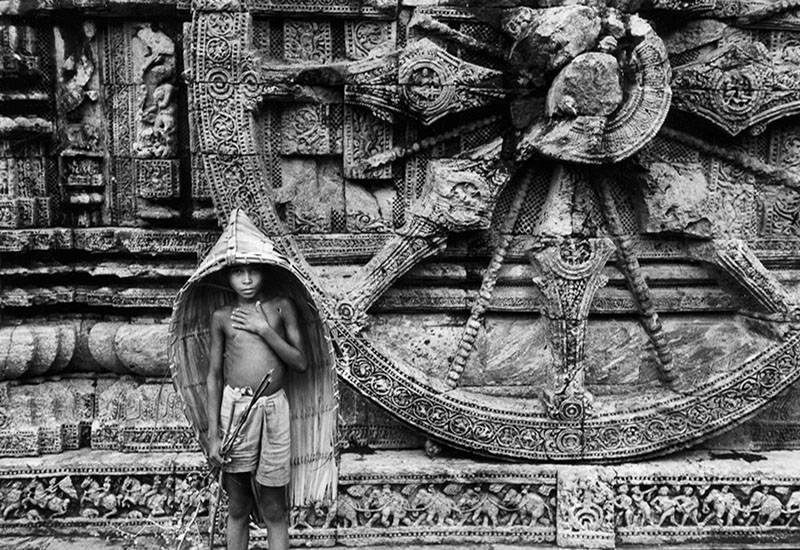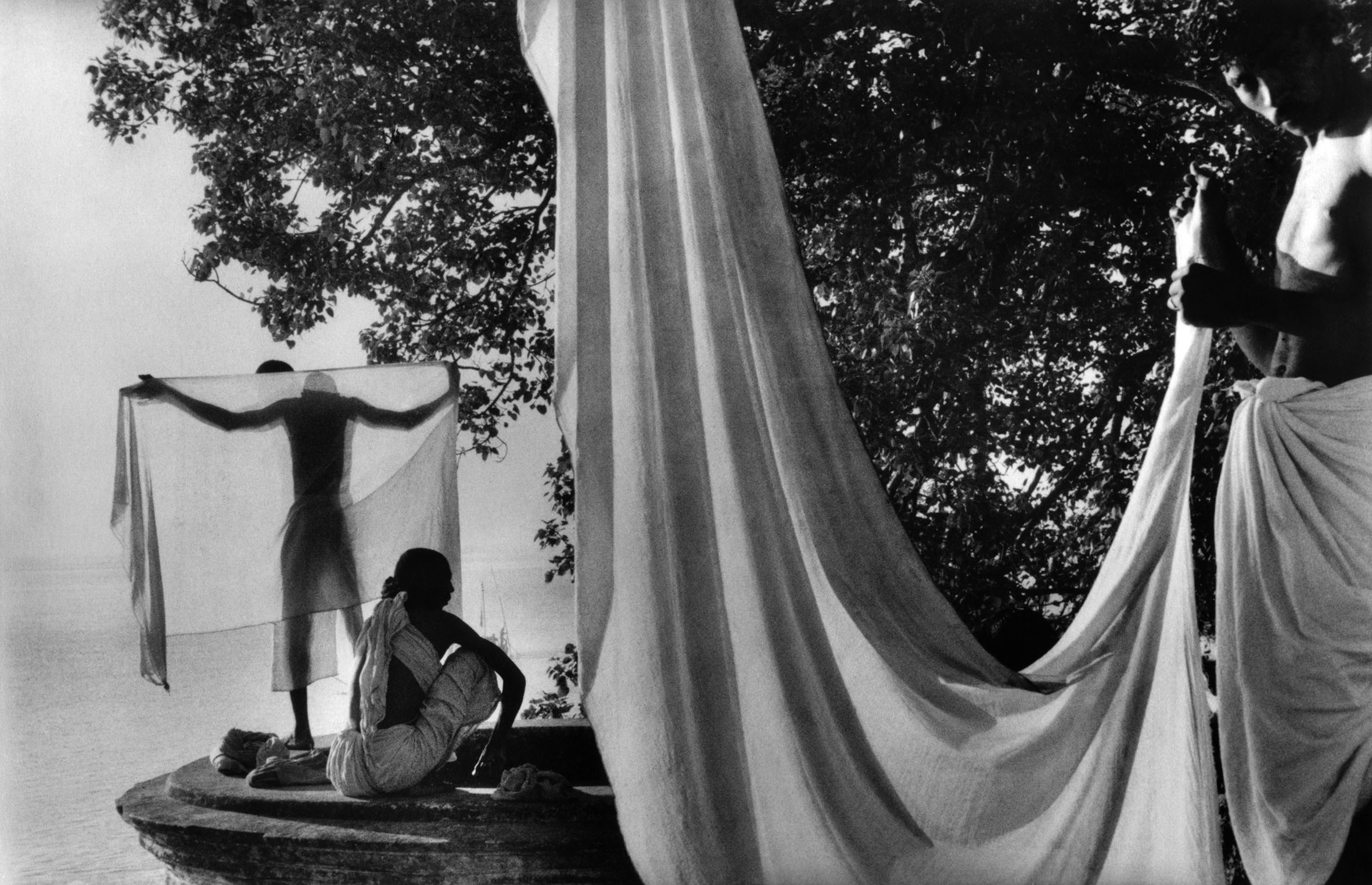ARTICLE
Marc Riboud
Riboud’s first visit to India came in 1956, while he was travelling by land through western and southern Asia. During this time, he met with eminent Indian personalities such as Satyajit Ray, Paritosh Sen, Ravi Shankar and Pupul Jayakar. His photographs from this visit suggest a traveller’s eye, documenting various cultural scenes and the lives of working class Indians. He travelled mainly in northern India, passing through several towns in Rajasthan and the cities of Lucknow, Varanasi, Calcutta (now Kolkata) and New Delhi. In 1960, he photographed then Prime Minister Jawahar Lal Nehru’s meeting with Chinese premier Zhou Enlai. He returned to India briefly in 1971, while documenting the mass migration of refugees from Dhaka to Calcutta as a result of the Bangladesh Liberation War. He presented these images to the then-prime minister Indira Gandhi, urging her to address the growing refugee crisis in the region.
Riboud’s photography has been published in the form of several books, notably Women of Japan (1959), Three Banners of China (1966) and Into the Orient (2012), which won the Nadar Prize. His other accolades include two awards from the Overseas Press Club of America in 1966 and 69, the Cornell Capa Award at the International Centre for Photography (ICP) Infinity Awards in 2003, the Lucie Award in 2006, and the Lifetime Achievement award at the Sony World Photography Awards in 2009. He has been published in various eminent magazines and journals such as Life, National Geographic and Stern.
In 2016, Riboud passed away due to complications from Alzheimer’s disease.
Bibliography
Our website is currently undergoing maintenance and re-design, due to which we have had to take down some of our bibliographies. While these will be re-published shortly, you can request references for specific articles by writing to hellomapacademy@map-india.org.








